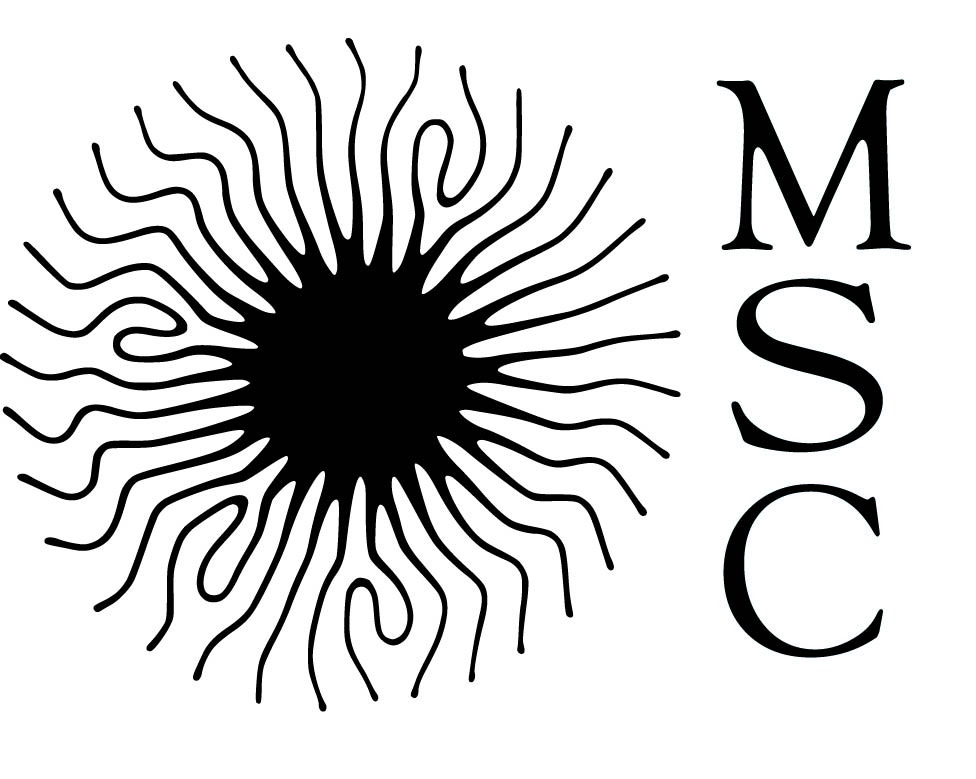Role of Serum response factor in cell stiffness and muscle cell fusion
Résumé
Repair of muscle tissue and growth of multinucleated myofibers depend on adult muscle stem cells (muSCs) and their ability to fuse. In this study, we took advantage of two genetic models of fusiondefective muSCs (both deleted for Serum response factor (Srf) (Mut), and one overexpressing alphaactin (Mut/Act+)) to decipher pathways and cellular properties that can restore fusion and gain insight into the mechanisms of mammalian muscle cell fusion. We first showed that Srf is involved in the fusion process after membrane mixing (hemifusion). Furthermore, Mut and Mut/Act+ muSCs were less rigid than control cells, and increasing apparent cell stiffness, presumably by increasing membrane and cortical tension, by hypotonic osmotic shock partially restored their fusion capacity, with a better efficacy when actin was overexpressed. These findings identify membrane and cortical tension/cell stiffness as a potential new player in myoblast fusion that may control Srf-dependent fusion in concert with the formation of actin structures at the fusion site.
Domaines
Sciences du Vivant [q-bio]| Origine | Fichiers produits par l'(les) auteur(s) |
|---|---|
| licence |


